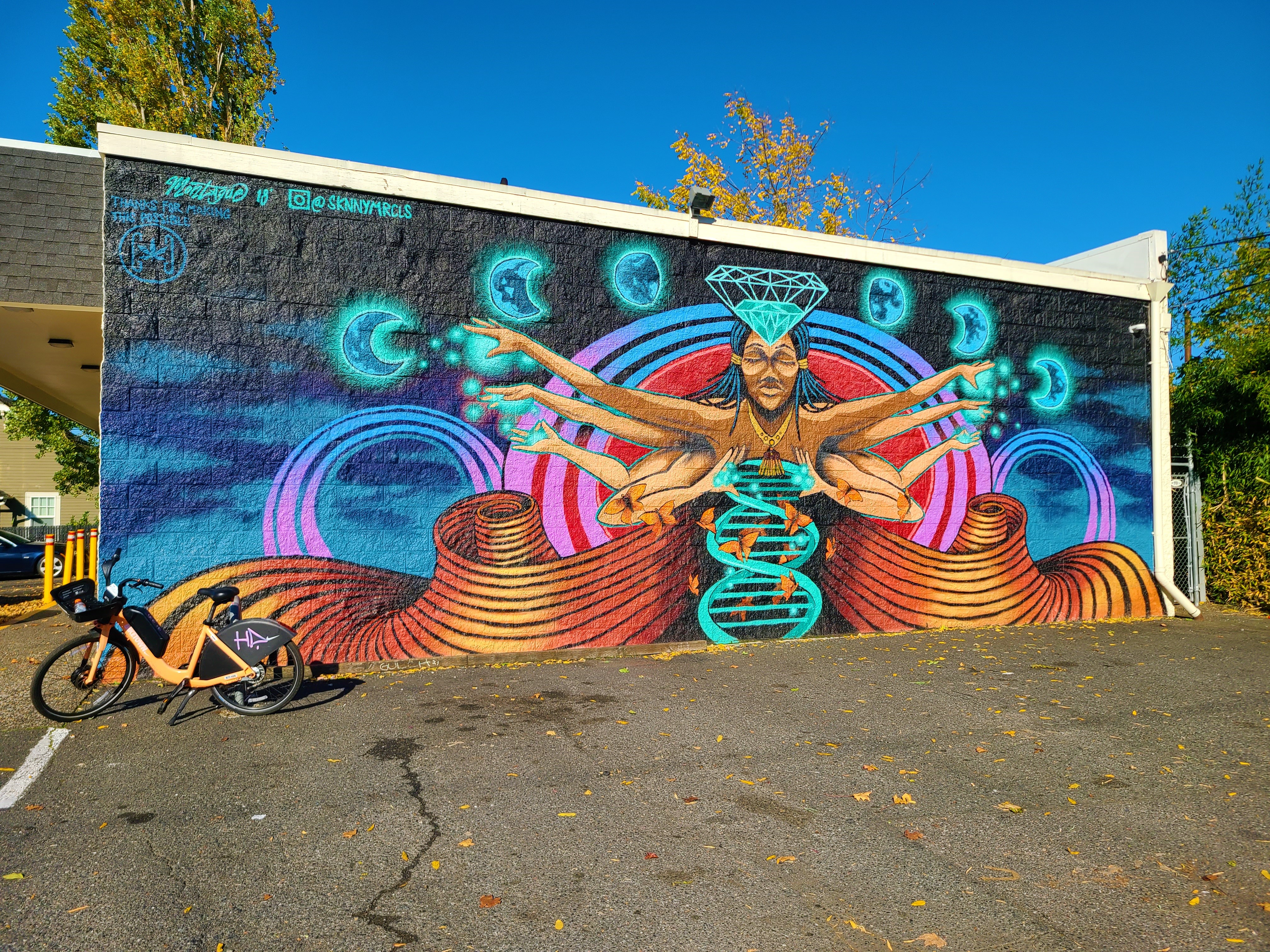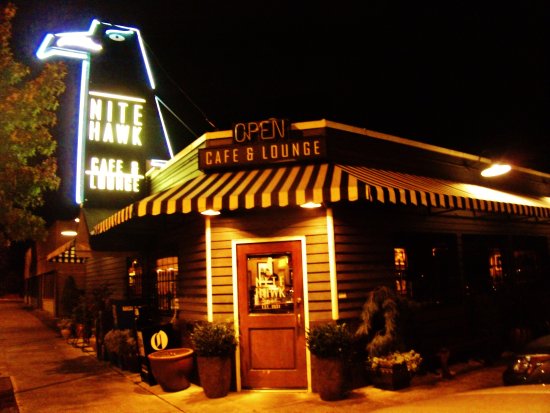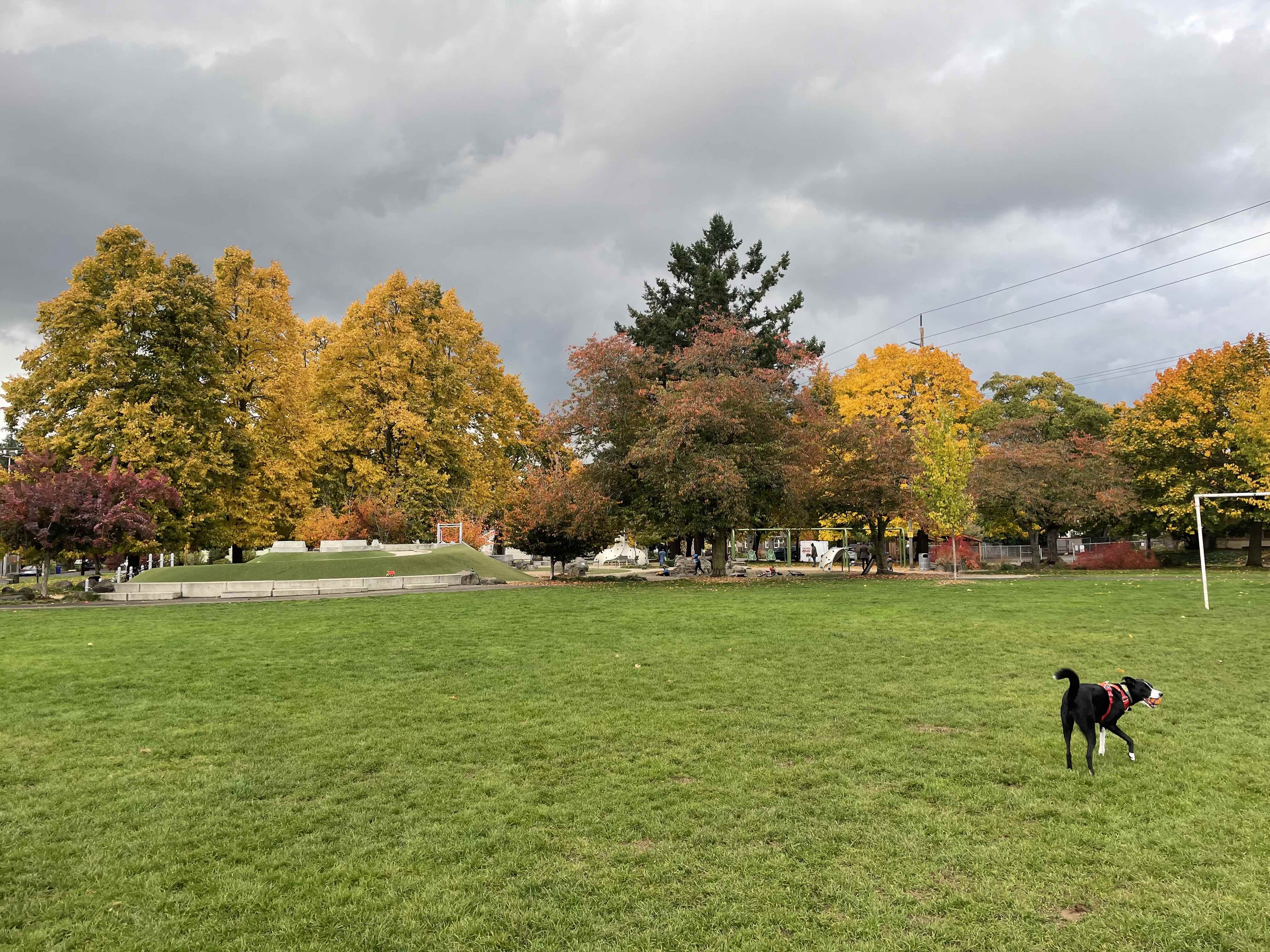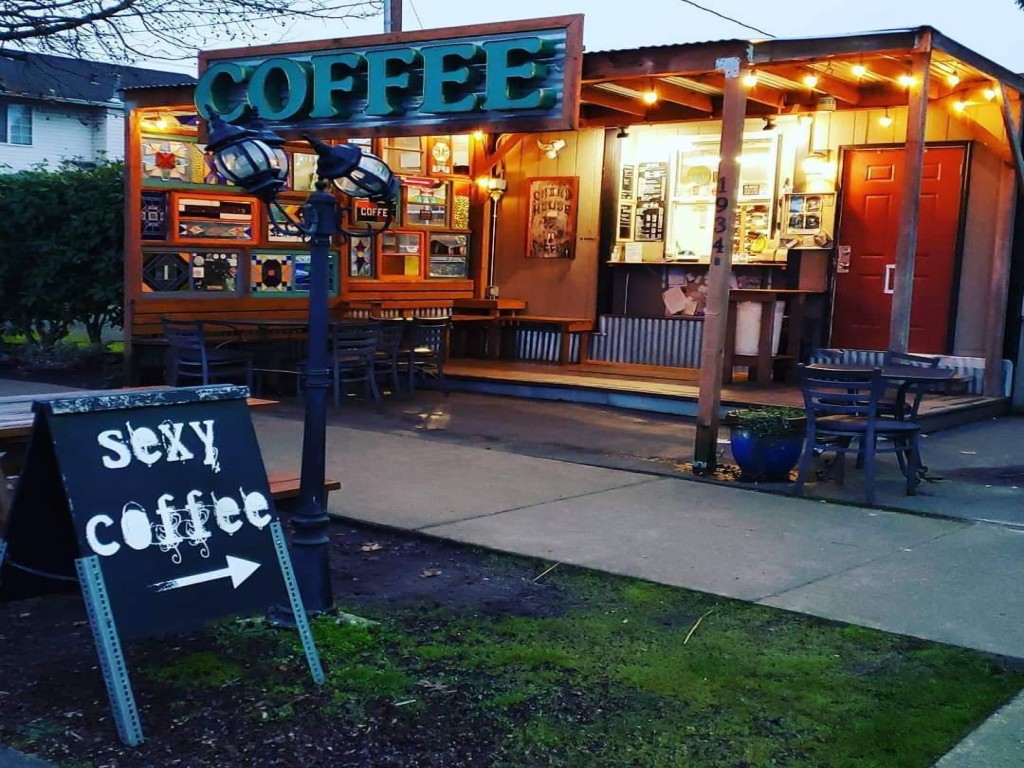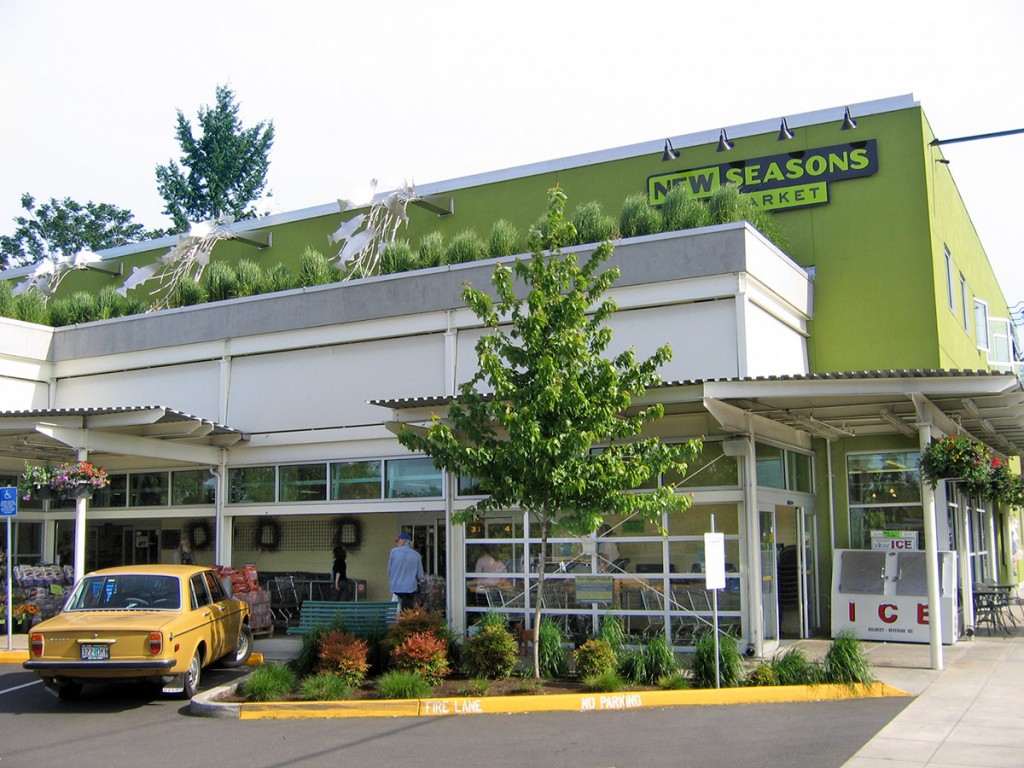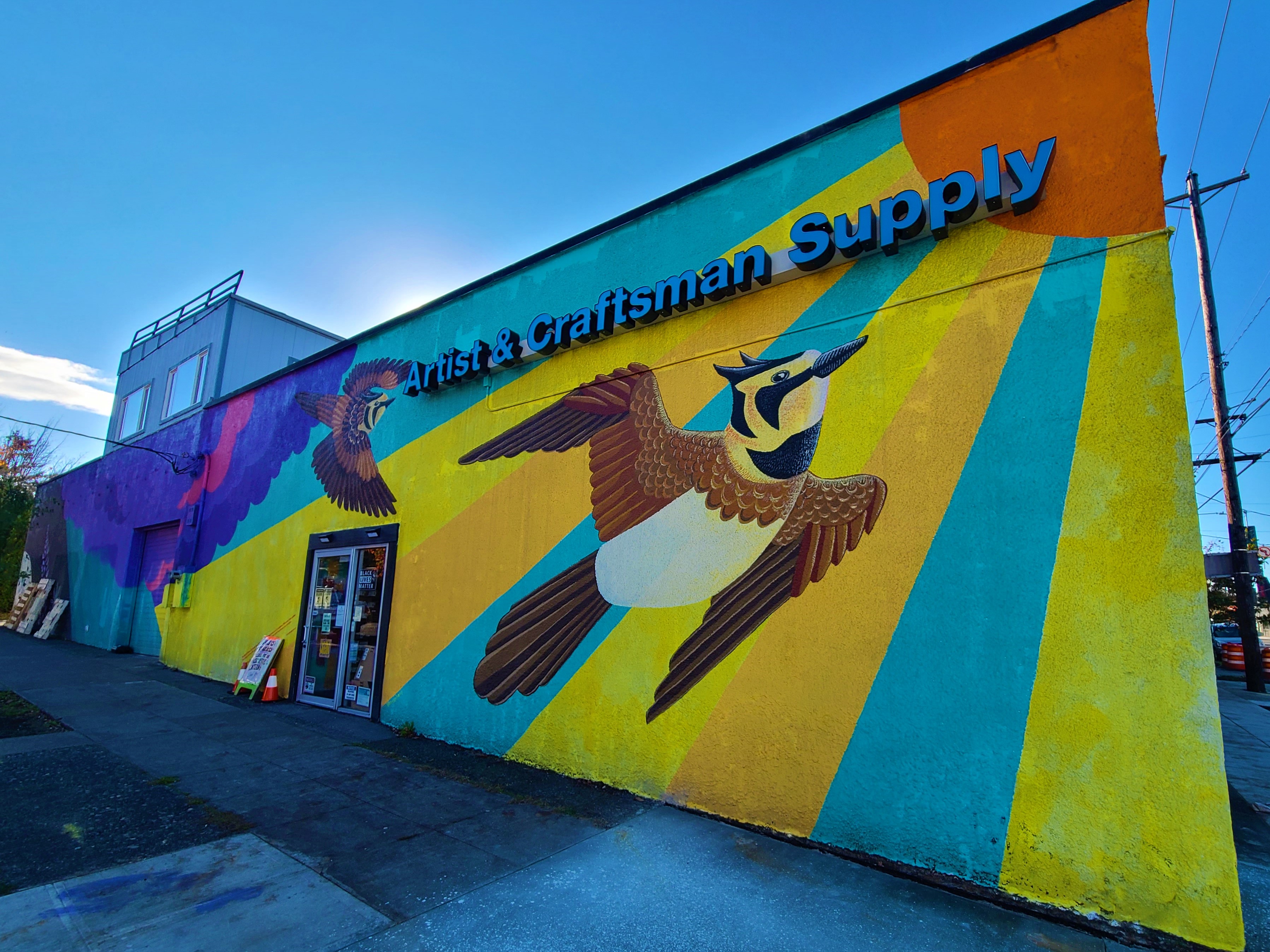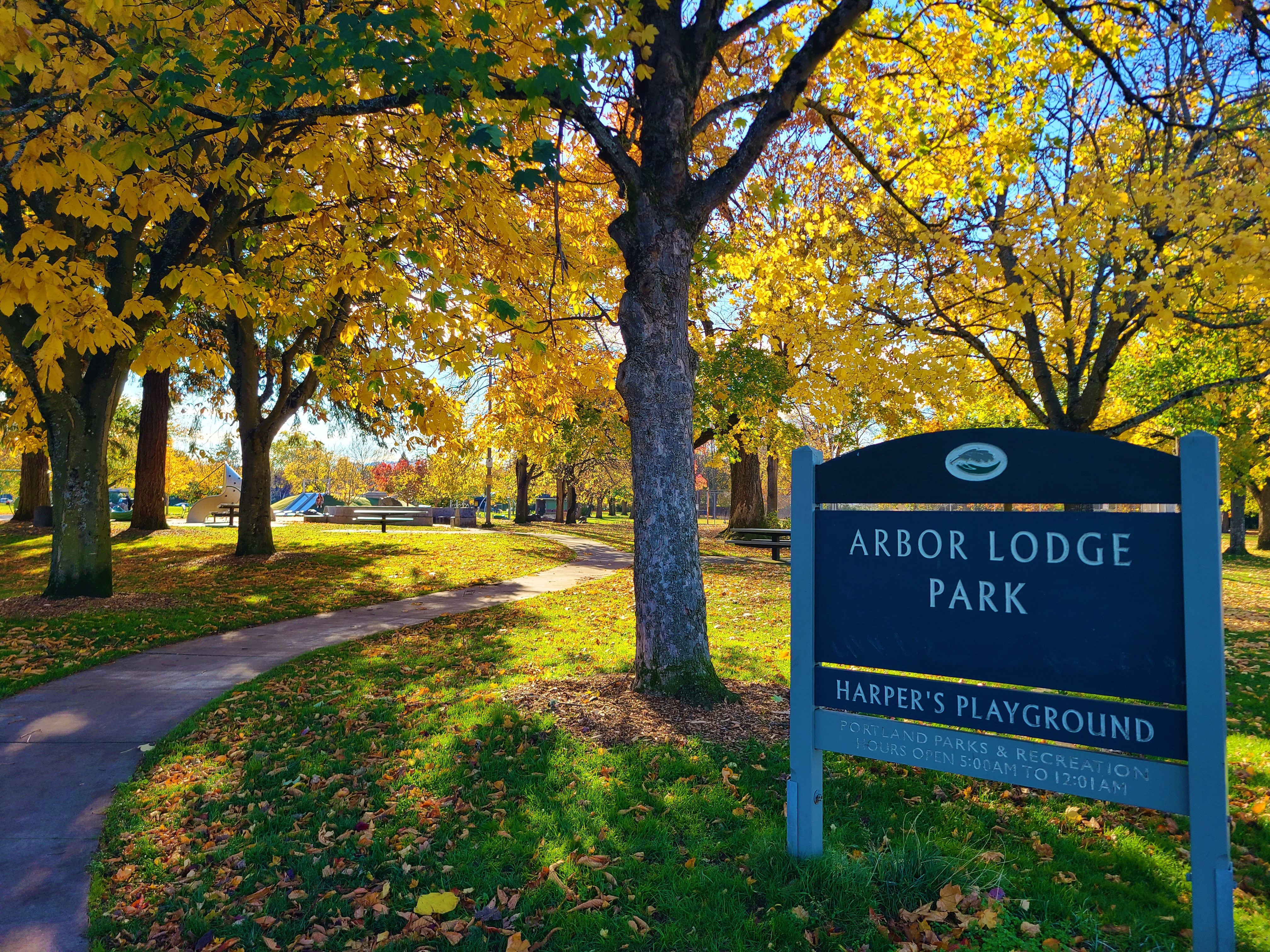10/22/2013
Land use actions in Arbor Lodge and surrounding area
The City of Portland is currently tracking several land use changes in North Portland. There is a lot partition currently under review for 7105 N Greenwich, a demolition planned at 6837 N Interstate, and a major road construction project planned for N Denver north of Kenton.
Click any of the links for more information on any of these projects. Let us know if you have any questions or concerns with our contact us form!
10/10/2013
Join us for special guests and elections at our Annual Meeting!
Annual MeetingThursday, October 17th, 6:30Kenton Fire House, corner of Schofield and BrandonWe will have pizza until it runs out . . .
Join us for some special guests, vote some new folks onto the board (or join it yourself) and have a say in the shape of your neighborhood!
We love our schools, and so we're hosting Shanda Justice, Volunteer Coordinator, Ockley Green campus, Michael Sanchez, Chief Joseph/Ockley Green PTA Fundraising Chair, Terrance Moses, Vice President, CJ Campus, and Jess Thompson, PTA President to our meeting.
Come learn about how things are going with the new combined campuses. More importantly, let's figure out ways that neighbors can support their neighborhood schools!
We're also hosting elections and have some open spots - want to be our Secretary? Want to just get more involved? Show up and put your name in for nomination.
Draft Agenda:* Introductions, Welcome* Minutes * Discussion with guests from Chief Joseph and Ockley Green Schools* Elections - see previous posting for list of candidates* Presentation of annual budget, discussion, approval* Brainstorming of activities for the coming year - suggestion from members and committees* AnnouncementsWe hope to see you there!
10/03/2013
Update: October 3rd 2013
Parke Diem!
Saturday, October 12th, 9-12 at Arbor Lodge Park/Harper's Playground. A City wide volunteer effort to support our Parks. Volunteers who sign up by Tuesday, October 8th, will receive a cool T-shirt as thanks. Follow this link to sign up:
http://parklandia.org/parke-diem/arbor-lodge.
We'll do the usual weeding and spreading bark mulch, sweeping sand back into the playground sandbox, string weed the curbing, clean up the baseball diamonds, and more. It's fun, it's a city-wide event, come join your neighbors. Thank you!
09/30/2013
Update: September 30th 2013
Weekend Today Show filming at Harper's Playground!When? Wednesday, October 2nd between 3-5pmWhat can you do? 1) Show up and enjoy the Playground, be part of the fun! 2) Come by Tuesday, October 1st, between 6:30 and 7:30 to help clean up the Playground for the filming the next day. Lots of hands make it easy and fun. Wear your headlamp! Gloves and tools available on site.
09/20/2013
Candidates for Election
We are looking forward to another great board year in the Arbor Lodge Neighborhood Association! Candidates volunteered and were announced at the last board meeting. All positions are open, but the following people have declared the position they are interested in serving. The Secretary position is wide open at this point as well as several At-Large positions. Who else is interested?!
You may email any of the candidates if you have questions for them or would like to get to know them better.Katy Asher, ChairGinger Edwards, Vice ChairGavin Hamilton, TreasurerBrian Duncan, At-LargeTammi Kipp, At-LargeStephanie Lanning, At-LargeBob Meehan, At-LargeSandi Meyer, At-LargeSharon Parker, At-LargeAllen Wheeland, At-LargeNate Young, At-Large
Come vote at ALNA's Annual Meeting on Thursday, October 17, 2013!
